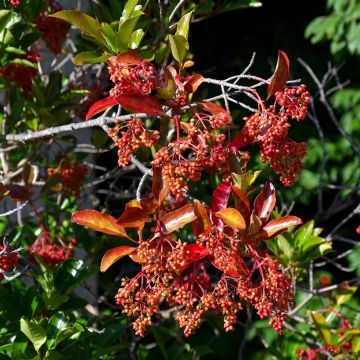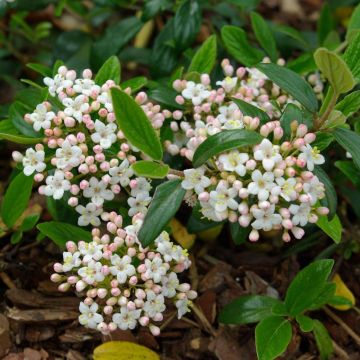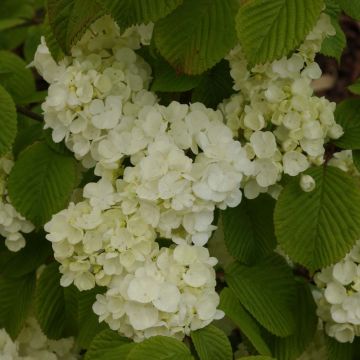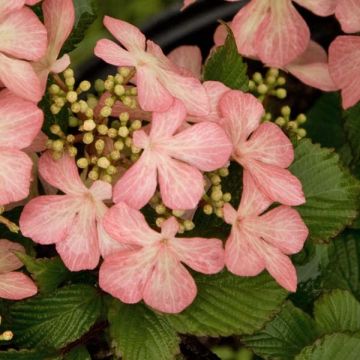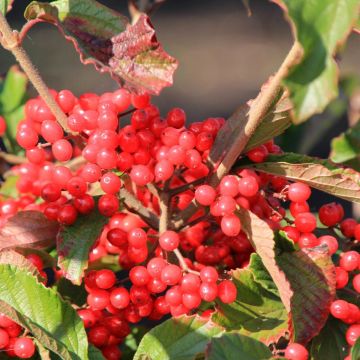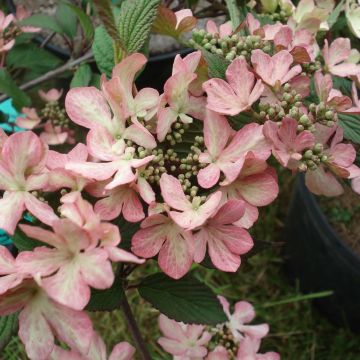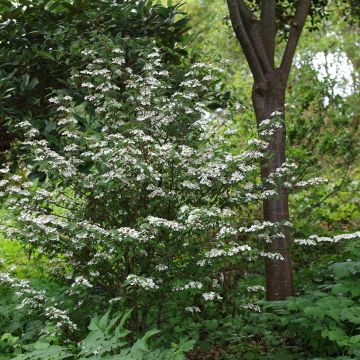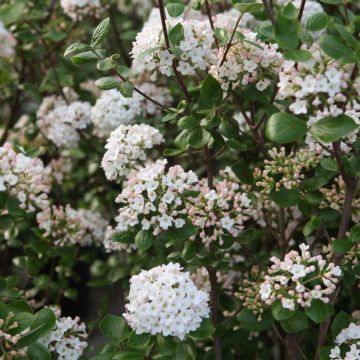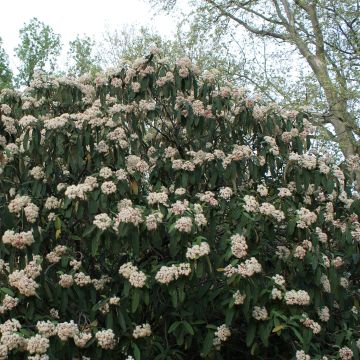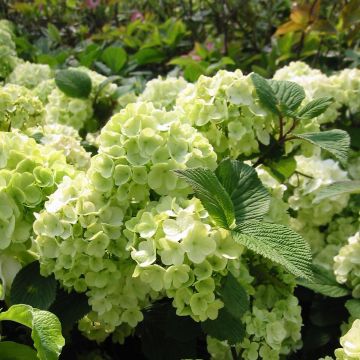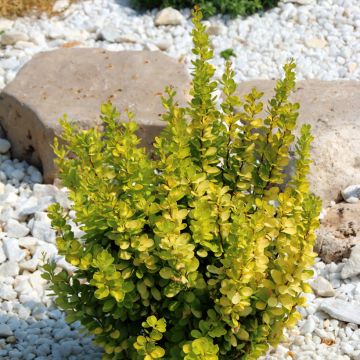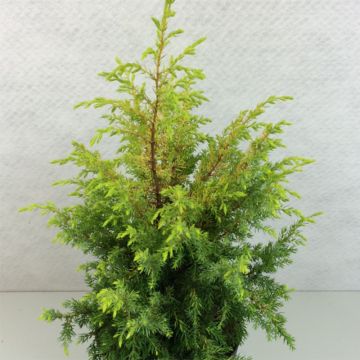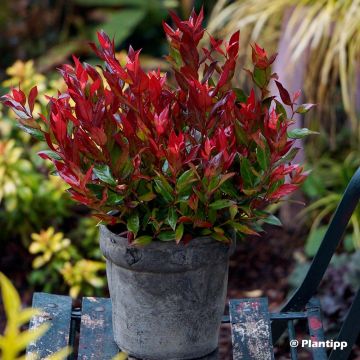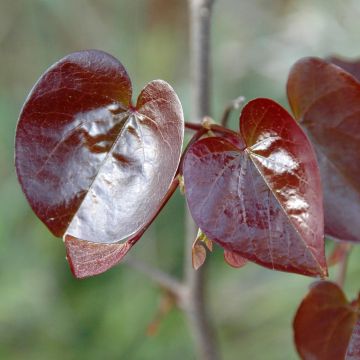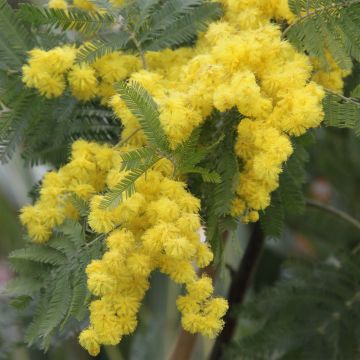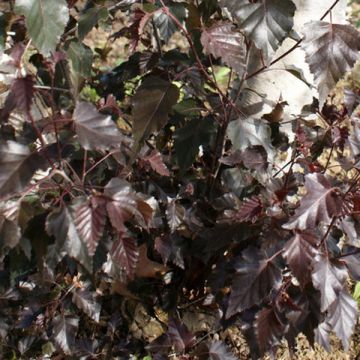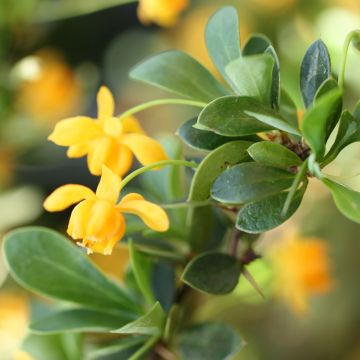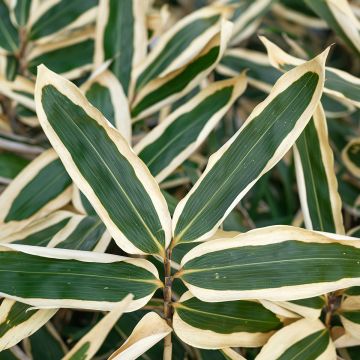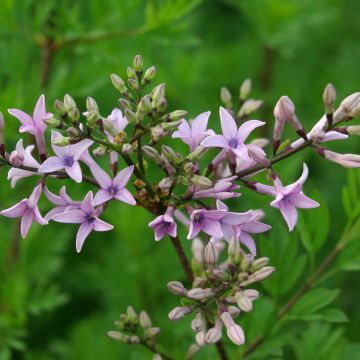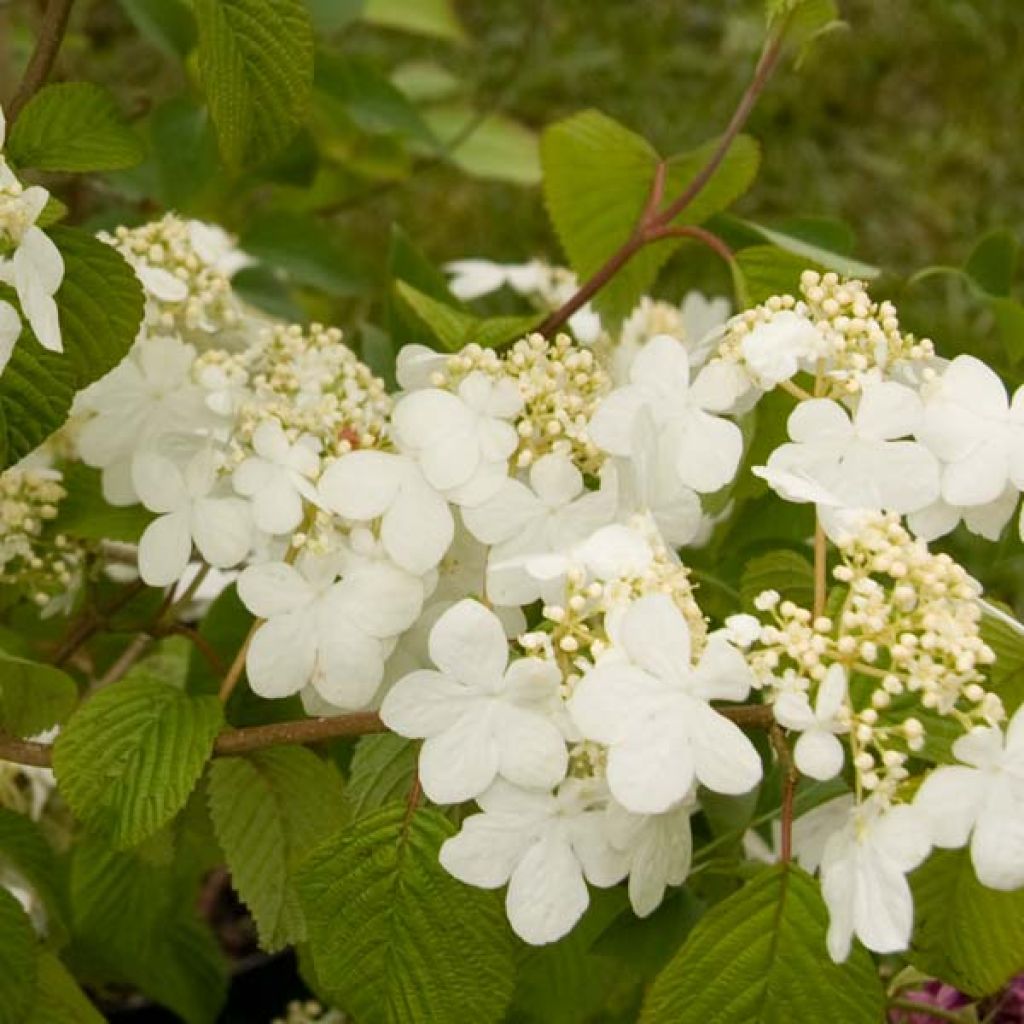

Viburnum plicatum Summer Snow Flake
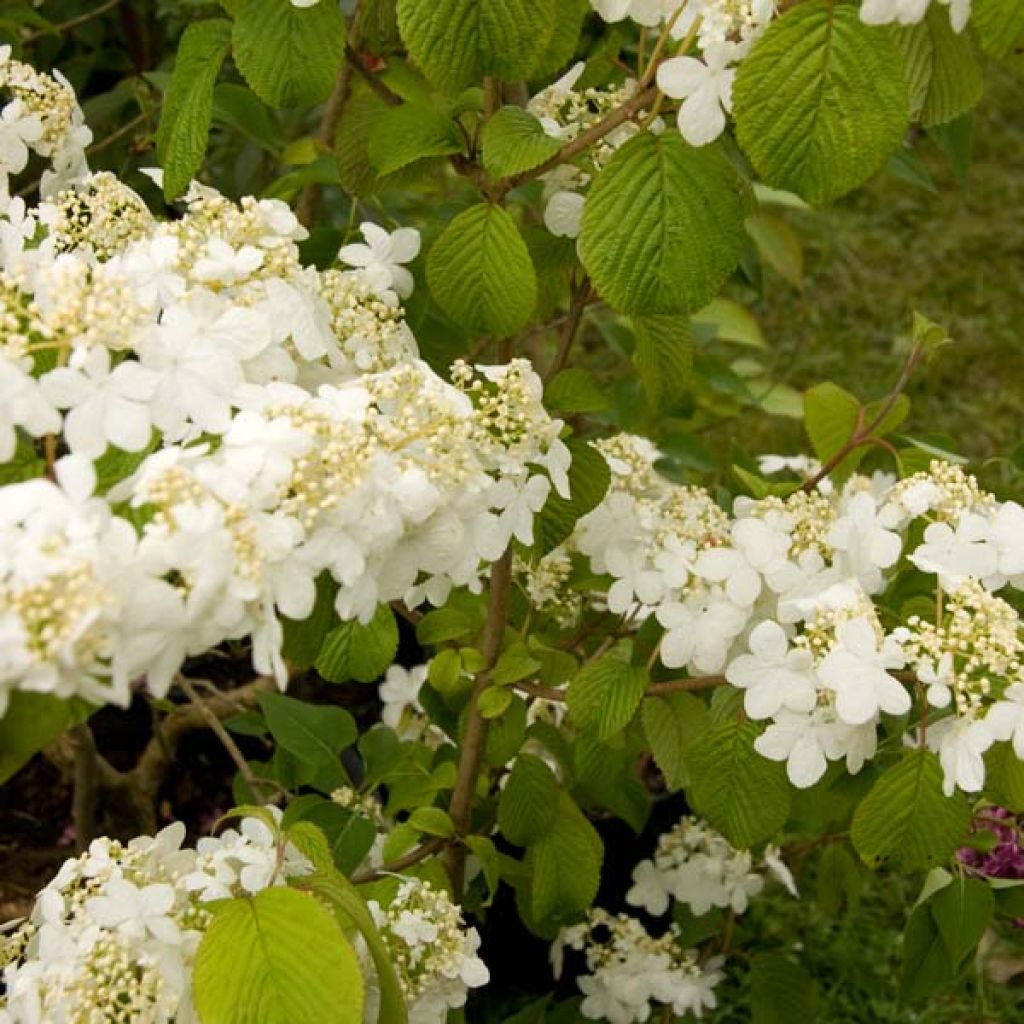

Viburnum plicatum Summer Snow Flake
Viburnum plicatum Summer Snow Flake
Viburnum plicatum Summer Snow Flake
Japanese Snowball, Japanese Snowball Bush
Very beautiful young plant in flower, very satisfied.
ISABELLE, 10/05/2022
This item cannot be shipped to the selected country
Delivery charge from €5.90
Delivery charge from €5.90
More information
Schedule delivery date,
and select date in basket
This plant carries a 24 months recovery warranty
More information
We guarantee the quality of our plants for a full growing cycle, and will replace at our expense any plant that fails to recover under normal climatic and planting conditions.
From €5.90 for pickup delivery and €6.90 for home delivery
Express home delivery from €8.90.
From €5.90 for pickup delivery and €6.90 for home delivery
Express home delivery from €8.90.


Does this plant fit my garden?
Set up your Plantfit profile →
Description
The Viburnum Plicatum Summer Snow Flake is a variety of Chinese Snowball Bush that is naturally decorative for most of the year. This deciduous bush with a beautifully layered habit offers a white flowering in spring, delicately arranged in clusters on its foliage. In autumn, it is painted with coppery and glowing hues, and in winter, it reveals the beautiful broad structure of its branches. With its hydrangea-like appearance, this snowball bush surpasses them with its early flowering and prefers sunny exposures. Like hydrangeas, it prefers moist and limestone-poor soils.
The Viburnum plicatum is a deciduous bush from the Adoxaceae family (formerly classified in the Caprifoliaceae family), native to China and Japan. 'Summer Snow Flake' is a horticultural cultivar awarded the Award of Garden Merit in 1992 in the UK, one of the highest accolades of the plant world. This variety stands out from other species due to its slower growth rate and stunning spring blooms. With its rather horizontal layered branches, the plant has a characteristic layered habit, its structured and light silhouette making it attractive throughout the year, even in winter. It will reach a height of approximately 3 m (9 ft 10 in) with a spread of 1.50 m (4 ft 11 in) to 2 m (6 ft 7 in) at maturity, with a rather slow growth rate. Flowering occurs in May and continues until June. The flat-topped flower heads, 4 to 8 cm wide, develop on the top of the branches. The small, beige buds transform into white-green fertile flowers, surrounded by a crown of well-developed sterile flowers with white oval-shaped petals. The pollinated fertile flowers transform into small red and then black berries at maturity, gathered in generous clusters. The deciduous leaves measure 5 to 8 cm (3.1 in) in length, are oval-shaped, tapered, strongly veined, and have jagged edges which resemble hazelnut leaves. Their colour is a relatively dark and satin green on the upper side, with a more downy underside. The foliage takes on sumptuous autumn colours, turning orange and deep red.
This ornamental bush deserves a prominent place in a Japanese, English, or romantic garden. It can be planted in the centre of a mixed border, showcasing summer and autumn flowering, beautiful fruiting, and architectural foliage. It can even be appreciated in winter, thanks to its beautifully stylised branches and somewhat Japanese appearance. This Viburnum 'Summer Snow Flake' can also be planted as a group or hedge, along with other flowering shrubs such as sacred bamboo, Black Lace elderberry, glorybower (Clerodendrum trichotomum), and an 'Atropurpurea' Japanese Barberry whose purple foliage will enhance its white flower heads and red fruits. It can also be planted with compact photinias, elaeagnus, camellias, pieris, or hydrangeas in non-limestone soil; the options are endless!
Report an error about the product description
Viburnum plicatum Summer Snow Flake in pictures
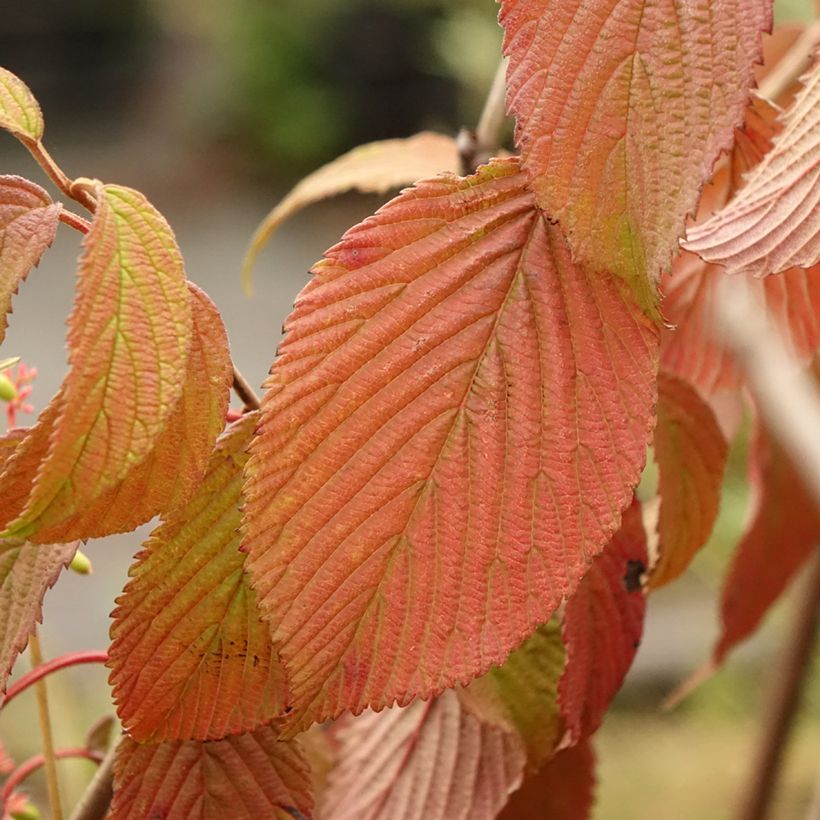

Plant habit
Flowering
Foliage
Botanical data
Viburnum
plicatum
Summer Snow Flake
Caprifoliaceae
Japanese Snowball, Japanese Snowball Bush
Cultivar or hybrid
Other Viburnum
Planting and care
If you plan to cultivate Viburnum plicatum 'Summer Snow Flake', select a location with bright but indirect sunlight or partial shade. The plant prefers soil without limestone that is moist, light, and humus-bearing, and it's important to keep it frost-free from November to May. The good news is that this plant is low-maintenance and grows similarly to a hydrangea. Aphids may occasionally attack it, but this isn't a major concern. After the plant has flowered, you can prune it, but be careful not to remove too many branches. Only remove those that detract from the plant's natural flat-topped habit and symmetry.
Planting period
Intended location
Care
-
, onOrder confirmed
Reply from on Promesse de fleurs
Striking foliage shrubs
Haven't found what you were looking for?
Hardiness is the lowest winter temperature a plant can endure without suffering serious damage or even dying. However, hardiness is affected by location (a sheltered area, such as a patio), protection (winter cover) and soil type (hardiness is improved by well-drained soil).

Photo Sharing Terms & Conditions
In order to encourage gardeners to interact and share their experiences, Promesse de fleurs offers various media enabling content to be uploaded onto its Site - in particular via the ‘Photo sharing’ module.
The User agrees to refrain from:
- Posting any content that is illegal, prejudicial, insulting, racist, inciteful to hatred, revisionist, contrary to public decency, that infringes on privacy or on the privacy rights of third parties, in particular the publicity rights of persons and goods, intellectual property rights, or the right to privacy.
- Submitting content on behalf of a third party;
- Impersonate the identity of a third party and/or publish any personal information about a third party;
In general, the User undertakes to refrain from any unethical behaviour.
All Content (in particular text, comments, files, images, photos, videos, creative works, etc.), which may be subject to property or intellectual property rights, image or other private rights, shall remain the property of the User, subject to the limited rights granted by the terms of the licence granted by Promesse de fleurs as stated below. Users are at liberty to publish or not to publish such Content on the Site, notably via the ‘Photo Sharing’ facility, and accept that this Content shall be made public and freely accessible, notably on the Internet.
Users further acknowledge, undertake to have ,and guarantee that they hold all necessary rights and permissions to publish such material on the Site, in particular with regard to the legislation in force pertaining to any privacy, property, intellectual property, image, or contractual rights, or rights of any other nature. By publishing such Content on the Site, Users acknowledge accepting full liability as publishers of the Content within the meaning of the law, and grant Promesse de fleurs, free of charge, an inclusive, worldwide licence for the said Content for the entire duration of its publication, including all reproduction, representation, up/downloading, displaying, performing, transmission, and storage rights.
Users also grant permission for their name to be linked to the Content and accept that this link may not always be made available.
By engaging in posting material, Users consent to their Content becoming automatically accessible on the Internet, in particular on other sites and/or blogs and/or web pages of the Promesse de fleurs site, including in particular social pages and the Promesse de fleurs catalogue.
Users may secure the removal of entrusted content free of charge by issuing a simple request via our contact form.
The flowering period indicated on our website applies to countries and regions located in USDA zone 8 (France, the United Kingdom, Ireland, the Netherlands, etc.)
It will vary according to where you live:
- In zones 9 to 10 (Italy, Spain, Greece, etc.), flowering will occur about 2 to 4 weeks earlier.
- In zones 6 to 7 (Germany, Poland, Slovenia, and lower mountainous regions), flowering will be delayed by 2 to 3 weeks.
- In zone 5 (Central Europe, Scandinavia), blooming will be delayed by 3 to 5 weeks.
In temperate climates, pruning of spring-flowering shrubs (forsythia, spireas, etc.) should be done just after flowering.
Pruning of summer-flowering shrubs (Indian Lilac, Perovskia, etc.) can be done in winter or spring.
In cold regions as well as with frost-sensitive plants, avoid pruning too early when severe frosts may still occur.
The planting period indicated on our website applies to countries and regions located in USDA zone 8 (France, United Kingdom, Ireland, Netherlands).
It will vary according to where you live:
- In Mediterranean zones (Marseille, Madrid, Milan, etc.), autumn and winter are the best planting periods.
- In continental zones (Strasbourg, Munich, Vienna, etc.), delay planting by 2 to 3 weeks in spring and bring it forward by 2 to 4 weeks in autumn.
- In mountainous regions (the Alps, Pyrenees, Carpathians, etc.), it is best to plant in late spring (May-June) or late summer (August-September).
The harvesting period indicated on our website applies to countries and regions in USDA zone 8 (France, England, Ireland, the Netherlands).
In colder areas (Scandinavia, Poland, Austria...) fruit and vegetable harvests are likely to be delayed by 3-4 weeks.
In warmer areas (Italy, Spain, Greece, etc.), harvesting will probably take place earlier, depending on weather conditions.
The sowing periods indicated on our website apply to countries and regions within USDA Zone 8 (France, UK, Ireland, Netherlands).
In colder areas (Scandinavia, Poland, Austria...), delay any outdoor sowing by 3-4 weeks, or sow under glass.
In warmer climes (Italy, Spain, Greece, etc.), bring outdoor sowing forward by a few weeks.

































